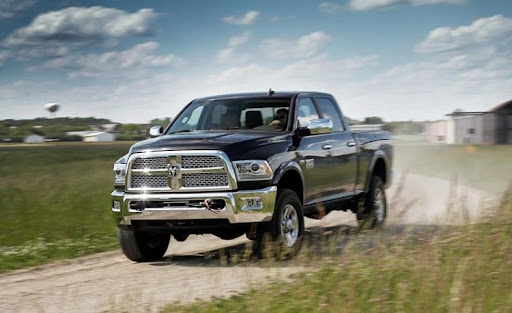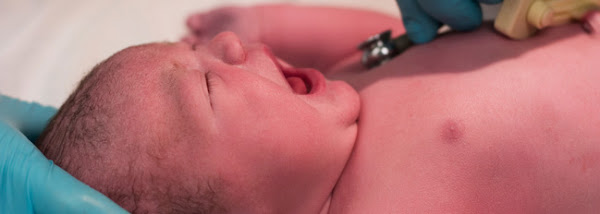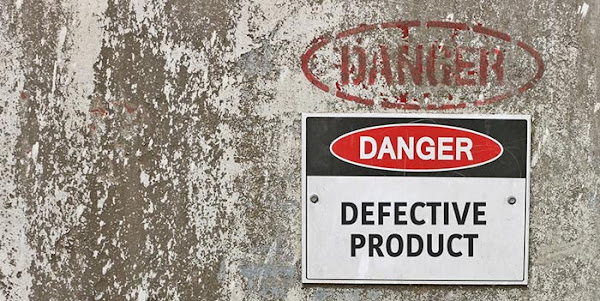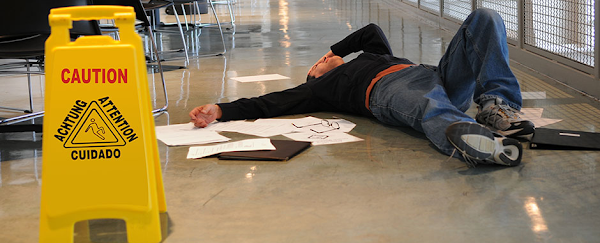A Roof Crush is the failure and displacement of an automobile roof into the passenger compartment during a Rollover Car Accident. Roof crush can be the result of a design or construction defect. So, if a roof fails during a collision, a vehicle manufacturer could potentially be held responsible for any resulting damages.
Every year approximately 10,000 Americans are killed in rollover accidents, accounting for about 30% of all light vehicle occupant fatalities.
Accident investigations show that injuries among car accident occupants directly correlate with the location of roof intrusion in the vehicle. That is to say, where there is roof crush, occupants are injured, and where someone is uninjured, there is little-or-no roof crush.
CAUSES OF ROOF CRUSH
There are several reasons a roof may fail, indicating that it is defective, including a manufacturing or design flaw. One of the largest causes of roof crush accidents is a lack of proper testing.
SUVs are the most likely vehicle to rollover due to their height and narrow wheelbase. When a SUV has a weak roof, the resulting roof crush during the rollover can cause serious or fatal brain or spinal cord injuries.
When roofs crush during a rollover accident, the survival space for occupants is greatly reduced or eliminated altogether. This means the heads and spines of occupants contact the roof. Roof crush accidents can open ejection portals – making side windows and the windshield area very large, leading to the ejection of occupants; which is frequently fatal. One-half of seriously injured ejected occupants could have received their initial injuries as a consequence of a roof-crush.
In one representative case, Miller Weisbrod obtained $3.2 million in a defective products lawsuit on behalf of a client who suffered brain injury due to a Roof-Crush Accident.
Accident investigations show that injuries among car accident occupants directly correlate with the location of roof intrusion in the vehicle. That is to say, where there is roof crush, occupants are injured, and where someone is uninjured, there is little-or-no roof crush.Vehicles are supposed to be designed so that, in the case of a rollover accident, the roof structure should remain reasonably intact. When the amount of pressure on the roof causes the windshield to break, the roof of the vehicle is weakened by 33 percent. When the windshield breaks, there is a greater chance of vehicle ejection, resulting in far worse injuries. With cheap and inexpensive material in the roof structure and “A-pillars”, roof crush will result.
A roof strength test measures the “strength-to-weight ratio” of a vehicle and assigns a rating. According to the Insurance Institute for Highway Safety, a “good” rating involves a strength-to-weight ratio of at least 4. This means that the roof must be able to withstand a force of at least four times the car’s weight.
In the United States, all passenger vehicles, vans, trucks, and SUVs that have a Gross Weight Vehicle Ratio of 6,000 or less must satisfy this standard before they may sell their vehicle to the general public.
For years, consumer organizations such as the Insurance Institute for Highway Safety (IIHS) and Public Citizen have complained about several flaws involving this safety standard, including:
- The 1.5 SWR is too weak and needs to be increased
- The platen test is not a “real world” test. In other words, this test does not simulate the forces exerted on a roof during an actual rollover, where the roof may come in to the contact with the ground multiple times
- Only 1 area of the roof is tested, which may hide weak points in other areas of the roof
- FMVSS 216 is only a minimum safety standard and manufacturers are not obligated to design stronger roofs beyond the 1.5 SWR
- Many vehicles weigh in excess of 6,000 lbs. and are exempt from the minimal standard
ROOF CRUSH TESTING
Currently, the National Highway Traffic Safety Administration (NHTSA) requires a static test, known as Safety Standard 216, to every car and truck under 6,000 pounds before it can be sold in the United States. Critics say the test doesn't come close to replicating what happens in a real-world rollover leading to dangerously weak roofs. Alternative tests (drop and dolly test) can help show how roofs will perform in real world rollovers.
FMVSS 216 (Federal Motor Vehicle Safety Standards) The standard federal roof-crush resistance test that is required for all vehicles is called the "216" test:
- A vehicle is placed on a flat surface
- A flat, steel rectangular shaped plate is pushed into the vehicle's roof structure
- The plate us applies one and a half times the unloaded weight of the vehicle onto the roof
- During the test, the plate is angled, positioned and shifted to simulate vehicle-to-ground contact on the roof over the front seat area
- The plate is placed at various locations on the vehicle's roof, depending upon the slope of the vehicle's roof to put stress on the roof over the front seat
- A vehicle complies if the roof crush is less than 5 inches before the maximum pressure is applied
Inverted Drop Test
The inverted drop test is a better indicator of A-pillar performance:
- A vehicle is suspended upside down by steel cables
- The cables are adjusted for a specific angle to concentrate force on the key A-pillar, which supports the windshield
- The drop height varies from a few inches to a few feet, depending on the force required
Dolly Test
Automakers have the option of using the dolly test instead of the current 216 test, but few, if any, do. In this test:
- A vehicle is placed on a sled inclined at a 23-degree angle and is accelerated to 30 mph
- The sled comes to a sudden and complete stop
- The test vehicle is forced over a 4-inch block and forced into a rollover
- Test dummies inside the vehicle are measured for injuries as the vehicle rolls several times
- The roof crush measured in this test will more closely replicate real world rollovers
ROOF CRUSH ACCIDENT INJURIES
Roof crush injuries are some of the most serious and often include spinal, neck and head injuries.
Common types of roof crush injuries:
- Broken or sprained neck
- Dislocated shoulders
- Closed brain injuries
- Penetrating brain injuries
- Skull fractures
- Spinal injuries
- Back injuries (i.e. herniated discs)
- Paralysis
Injuries sustained in a rollover crash can leave a victim with a life-long disability or limitation requiring long-term care.
*Even belted occupants suffer partial ejection of their arms and heads, while unbelted occupants can be completely ejected.
DO I HAVE A CASE IF I AM A VICTIM OF A ROOF CRUSH ACCIDENT?
Quickly contacting an experienced attorney is critical if you believe you are a victim of a roof crush accident case. In order to successfully pursue a roof crush lawsuit, the damaged vehicle must be preserved. If you wait and the wrecking yard or your insurance company disposes of the damaged vehicle, it will be virtually impossible to prove your case. An experienced automotive products liability lawyer will be able to obtain the necessary experts to inspect your damaged vehicle and the resulting roof crush to determine if there is a case against an automobile manufacturer.
CONTACT MILLER WEISBROD, ATTORNEYS AT LAW
In roof crush accident cases, the auto manufacturer can be considered liable. If you were seriously injured due to a roof crush, your claim would likely be against the auto manufacturer who designed, constructed, or installed the roof. Roof crush accidents are frequently fatal. If a loved one was killed in a roof crush accident, you may be able to file a wrongful death claim or lawsuit against the responsible party.
Our Product Liability Lawyers are nationally-recognized leaders in the fight to hold negligent automakers and parts manufacturers to account for the injuries and deaths they cause. Please call our main offices in Dallas today at 214.987.0005 or toll free at 888.987.0005 for a free consultation. You may also fill out the form on this page to schedule an appointment.
































